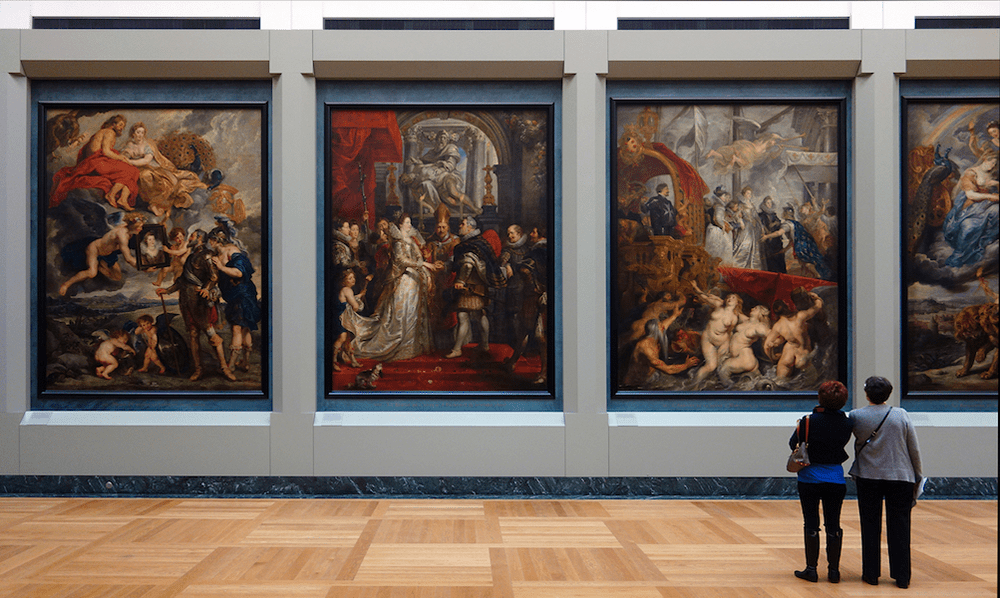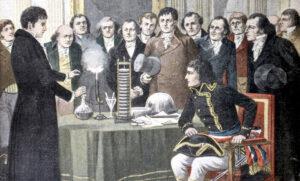The discipline of art history is a relatively new phenomenon. By definition it is the study of aesthetic objects and visual expression in historical and stylistic context. Art history encompasses the study of objects created by different cultures around the world and throughout history that convey meaning, importance or serve usefulness primarily through visual representations.
In astrological terms, art history is symbolized primarily by the combination of two planets. The first one is Venus which represents beauty, aesthetics and art and the second is Saturn which represents time, the past and, therefore, history. When signs are concerned, those ruled by this two planets, Capricorn and Libra, should be emphasized, especially Libra since it is the sign of domicile of Venus and exaltation of Saturn. Therefore, any aspect between Venus and Saturn as well as Venus placed in the sign of Capricorn and Saturn placed in the sign of Libra represents art history as a discipline.
Of course, Venus and Saturn connected through some of the major aspects or one of them placed in the sign ruled by the other are present in the charts of many people. For most, these positions and aspects will bring primarily problems in relationships, love sufferings, lack of satisfaction, monetary debts, bad diets ad cetera.
On a more positive side, these positions will bring passive enjoyment and appreciation for the art of the past, for example love for the old movies, preference for classical music and literature, baroque painting, and consequently, antipathy towards modern art.
However, in the charts of art historians, especially the pioneers of this discipline, we should also expect to find either some of the major aspects between Venus and Saturn or Venus placed in the sign of Capricorn or Saturn placed in the sign of Libra.
In fact, ASC in the sign of Capricorn, without any of the positions mentioned above, can indicate an affinity towards such a discipline, since that ASC already signify an interest for the past i.e., history and when ASC is in that sign MC is, in most cases, in the sign of Libra (art). But it won’t describe someone who is of importance to that field. For that, intervention of other planets is required, primarily, Sun and Jupiter.
As will be seen, charts of the most important art historians indeed contain (as they must) precisely such positions and aspects of planets as are expected.
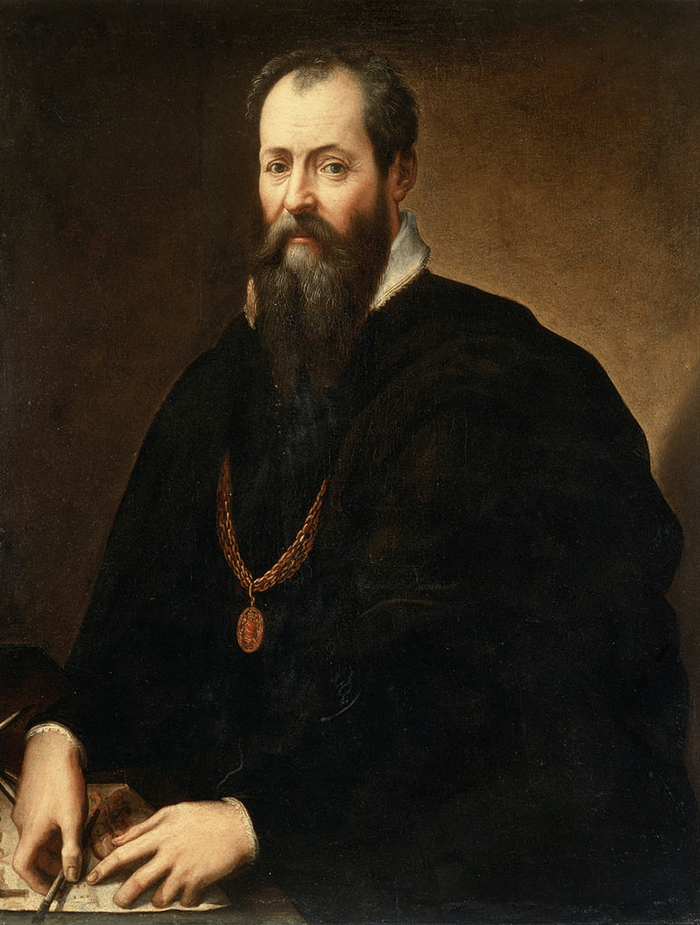
Giorgio Vasari (30.7.1511 Arezzo 12:00), an Italian painter, architect, engineer, writer, and historian is considered to be “the first art historian”. That reputation is based on his best-known work The Lives of the Most Excellent Painters, Sculptors, and Architects which is considered the ideological foundation of art-historical writing. The book is viewed as “perhaps the most famous, and even today the most-read work of the older literature of art” and “the first important book on art history”.
With Sun and Mars placed in the sign of Leo it is understandable that Vasari was an accomplished artist himself. These two planets form multiple aspects toward other planets. They are in trine with Uranus in Aries and opposition to Neptune and Jupiter in Aquarius. But most noticeable is the exact sextile that Sun, placed on 15° of Leo, forms towards Saturn on 15° of Libra. By the way, the other luminary, Moon, is in conjunction with Saturn in Libra. Since both Sun and Saturn are on a degree of Gemini, he is primarily famous for writing a book (Gemini) about other (Libra) artists which is considered the first (Mars) important (Sun) book (degree of Gemini) of art (Libra) history (Saturn). Of course, the intervention of Jupiter in Aquarius which is in trine with Saturn in Libra contributed to the great extent why the book was so influential (Jupiter) and important for future (Aquarius) generations.
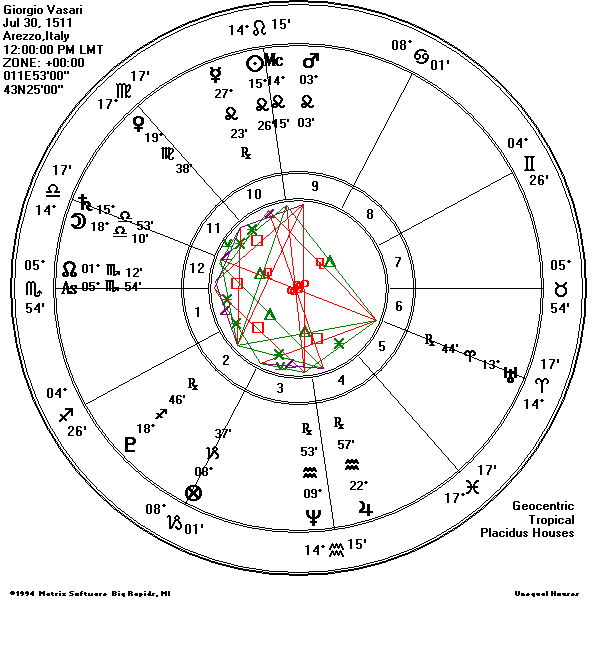
Interestingly, Venus has a very weak position since it is placed in the sign of Virgo and is, furthermore, in square to Pluto. But Venus is placed on a degree of Libra, which, again, represents other artists, and its placement in Virgo doesn’t symbolize art history, but surely does represent someone who is an art (Venus) critic (Virgo).
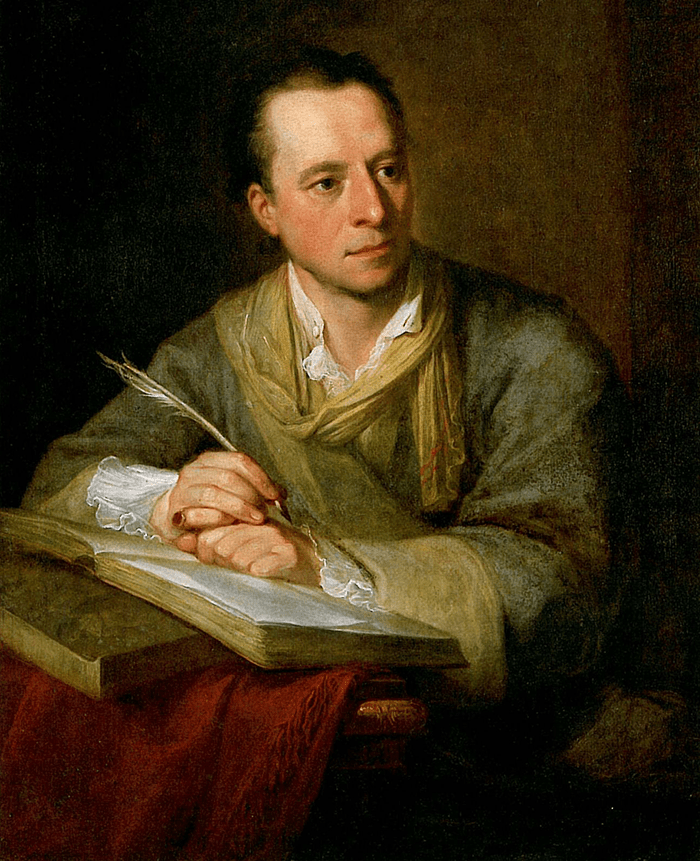
The next important figure in the field of art history is born more than two centuries after Vasari. That figure was Johann Joachim Winckelmann (9.12.1717 Stendal 02:30 AM) who was a German art historian and archeologist. He was one of the founders of scientific archaeology and first applied the categories of style on a large, systematic basis to the history of art. Many consider him the father of the discipline of art history. His writings influenced not only a new science of archaeology and art history but Western painting, sculpture, literature and even philosophy.
He criticized Vasari’s “cult” of artistic personality and argued that the real emphasis in the study of art should be the views of the learned beholder and not the unique viewpoint of the charismatic artist. Winckelmann’s writings thus were the beginnings of art criticism.
Winckelmann’s masterpiece “The History of Art in Antiquity” published in 1764, was soon recognized as a permanent contribution to European literature. In this work, “Winckelmann’s most significant and lasting achievement was to produce a thorough, comprehensive and lucid chronological account of all antique art—including that of the Egyptians and Etruscans.
The chart of Johann Winckelmann is the perfect example of how the chart of an important art historian should look like.

Like Vasari, it contains the position of Sun in the fire sign in connection with Jupiter with difference that his Sun is placed in Sagittarius and is in wider trine to Jupiter in Leo while both planets are in mutual reception. Indication that he is an important figure.
Also, like in Vasari’s case, Saturn is located in the sign of Libra. But, unlike his predecessor, Saturn, placed on a 28° of Libra is in exact square with Venus on a 28° of Capricorn. Thus, these two planets are not only connected through aspect but are also in mutual reception.
So, we have a perfect example of an important and influential figure (Sun, Jupiter) in the field of art (Venus, Libra) history (Saturn, Capricorn).
Even the title of his book contains two obvious saturnian terms- history (Saturn) of art (Venus) in antiquity (Saturn).
Expectedly, with such striking positions he had to make important contributions to another characteristically saturnian discipline such is archeology.
So, two figures which are considered as founders or “fathers” of art history, born more than two hundred years apart from each other, both have Saturn placed in the sign of Libra, while the second one also has a placement of Venus in the sign of Capricorn.
Of course, in the following centuries, many other important contributors to this field appeared on the scene.
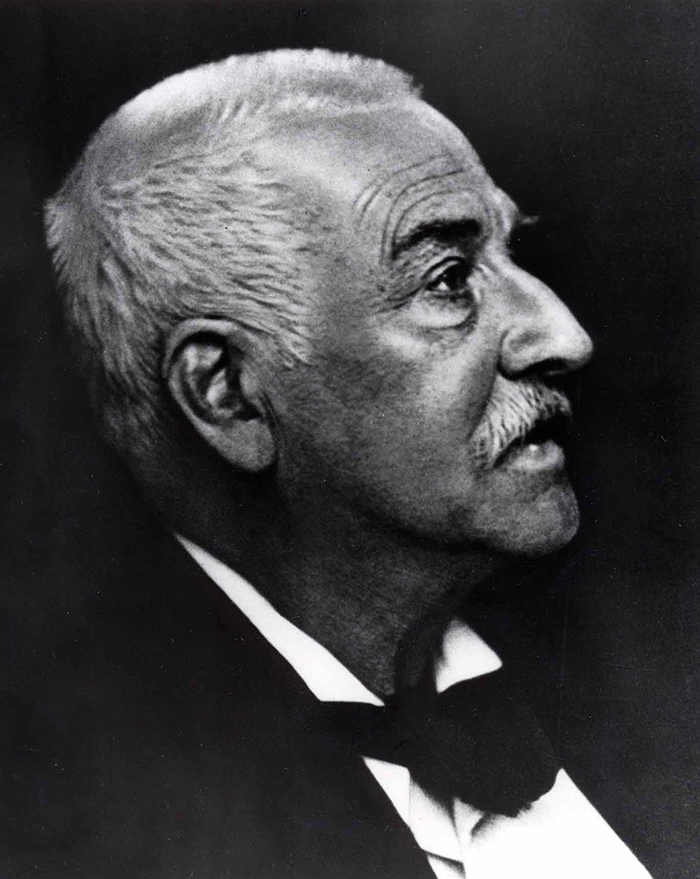
One of them is Jacob Burckhardt (25.5.1818 Basel 12:00), a Swiss historian of art and culture and an influential figure in the historiography of both fields. Burckhardt’s historical writings did much to establish the importance of art in the study of history. Indeed, he was one of the “founding fathers of art history” but also one of the original creators of cultural history.
His book “The History of the Renaissance in Italy” was the most influential interpretation of the Italian Renaissance in the 19th century and is still widely read.
With three planets (Sun, Mercury and Venus), placed in the sign of Gemini, it is of no wonder that Burckhardt’s writing was concerned with the development of art of the Renaissance in Italy, a nation which is born in that sign.
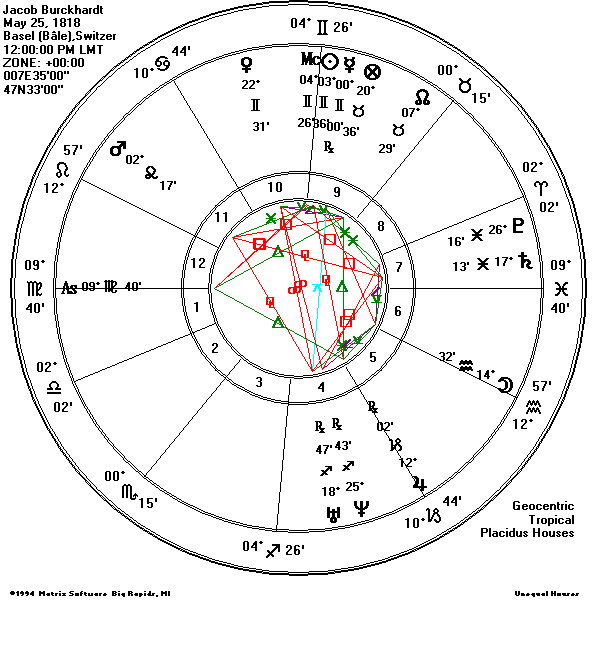
Venus, placed on a 22° of Gemini forms multiple aspects and while its opposition to Uranus and Neptune in Sagittarius and square with Pluto in Pisces are noticeable, the most important is the square that Venus form with Saturn which is placed in the sign of Pisces, the sign of exaltation of Venus.
Like in Winkelman’s case, Venus and Saturn are in square and in reception, with the difference that in first case the reception is mutual.

Heinrich Wölfflin (21.6.1846 Winterthur 12:00), another Swiss art historian, esthetician and educator, who studied under Burckhardt in Basel, is considered as the “father” of modern art history. He was very influential in the development of the formal analysis in art history in the early 20th century. He wrote three great books on the subject, most important of which is “Principles of Art History” from 1915.
Interestingly enough, like in his teacher’s chart, Wölfflin’s Venus is placed precisely on 22° of Gemini. Unlike his teacher, his Saturn is not placed in the sign of Pisces, but it is placed, like in the first two examples, in the sign of Libra.
Since Saturn is placed on 11° of Libra it is in a significantly wide separating trine with Venus, but it is in applying trine to Mercury in Gemini, which is the dispositor of Venus. These two planets have the strongest dignities in his chart and their aspect perfectly describe someone who wrote (Mercury) several books on the subject of art history.
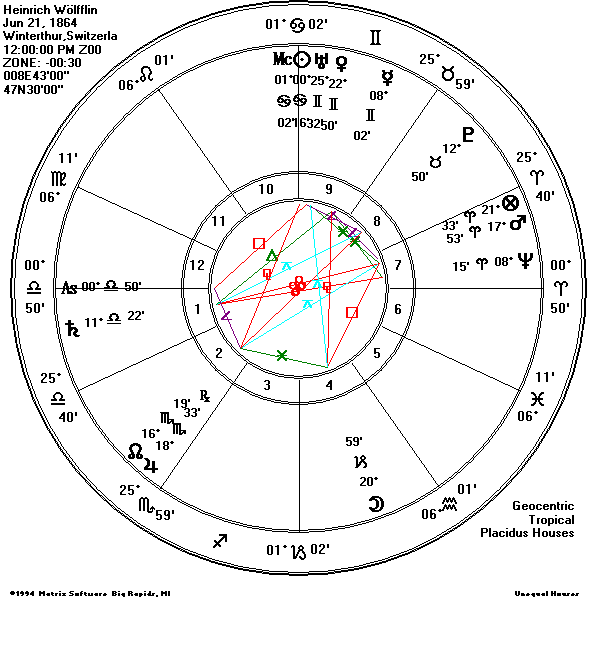
In summary, four men that made significant contributions in the field of art history through books written in four different centuries, have very similar charts. In all four charts Saturn is placed in signs in which Venus have strong dignity, in three examples Saturn is placed in the sign of Libra and in three cases Venus and Saturn are connected through aspects.
Just one of many examples how one can check if and how astrology works.

